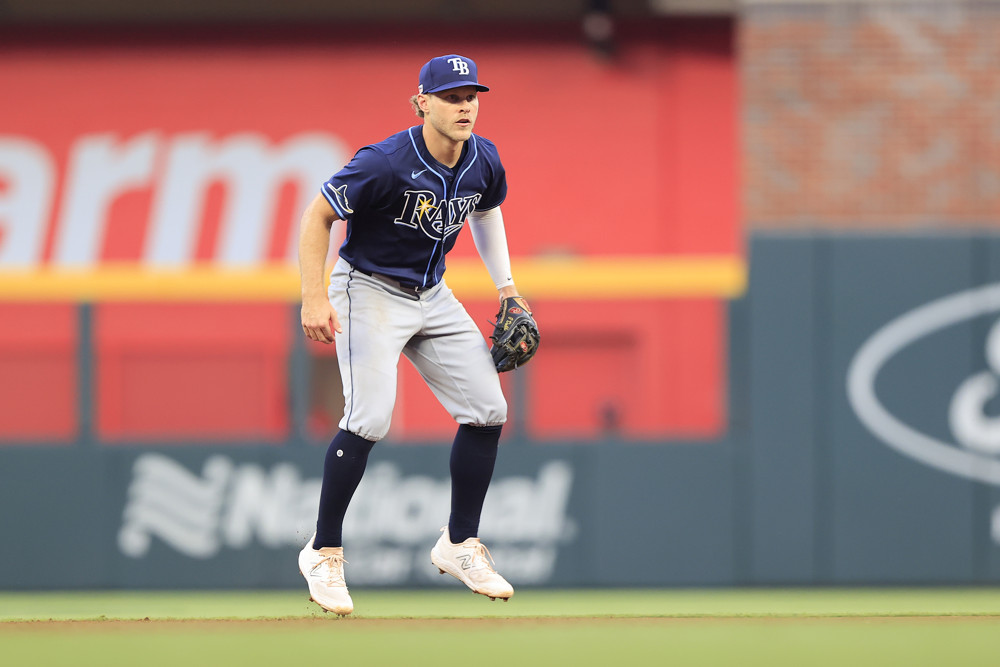By MARK SIMON
Milwaukee Brewers center fielder Lorenzo Cain leads all players at the position with 18 Defensive Runs Saved.
But the player who ranks second might surprise you. It’s not Kevin Kiermaier or Byron Buxton. It’s Victor Robles of the Washington Nationals.
What has made Robles a standout is not just how he fares at catching balls (though as we’ll note in a moment, he’s pretty good there), but the value of his arm as a baserunning deterrent. He leads all players with seven Outfield Arm Runs Saved.
How does a player accumulate that many Runs Saved?
Robles has allowed 48% of baserunners to advance on balls he’s fielded in center, a rate that is slightly better than the MLB average of 53%. The key is that Robles has erased 11 baserunners attempting to advance with throws that did not require a cutoff man. Only two other center fielders even have half that many (Ramon Laureano and Jackie Bradley Jr. have seven).
Of the 11 baserunners, six were thrown out at second base, three at home plate (literally saving a run), and two at third base. Robles’ total was boosted by four assists in a six-day span in the middle of this month (including this one and this one). The values of those 11 plays make up most of those seven runs.
Robles is adept in the field too, though not at the level of contemporaries like Cain, Kiermaier or Buxton. Robles’ six Range & Positioning Runs Saved isn’t bad though. It ranks tied for seventh among center fielders.
Robles’ inventory of great plays in the field includes a wall-crasher to rob Addison Russell of an extra-base hit to preserve a one-run lead in the ninth inning against the Cubs on May 19. That ball had a 4% out probability based on how far and how hard it was hit. But most of Robles’ best work has come on shallow fly balls.
Robles has played a modest center field at Nationals Park, relative to others who have played there this season. His average depth there is 313 feet (which is coincidentally the same as Cain), which is about two feet shallower than the average center fielder this season. The highlight-worthy catches come on the deep balls. The catches on shallow balls look routine for him but might not be for someone playing deeper.
As such, Robles’ Range & Positioning rating on balls hit to the shallowest part of the outfield is better than his range rating on balls hit to the deepest part. He’s eight plays made above average on the former, tied with Bader for second in MLB.
Jake Marisnick leads at nine plays above average on shallow balls. Not everyone can survive a below-average rating on deep balls, but Robles can because he makes so many plays on everything else and has the capability to throw out so many baserunners.
| Victor Robles – Plays Made Above Average (By Depth) | |||
| Plays Made | Opportunities | Plays Above Average | |
| Shallow | 63 | 95 | 8 |
| Medium | 104 | 115 | 3 |
| Deep | 84 | 117 | -2 |
| * Opportunities = Balls on which the CF had a >0% chance of making the play | |||
| * Read this as “Robles made 63 plays on 95 shallow opportunities. The average CF would have made 55 on those same opportunities.” | |||
Robles hasn’t hit like Juan Soto or Anthony Rendon, but the glove is keeping him on the field, and makes him a highly-valuable part of the Nationals’ playoff push. And a recognizable name among the top defensive center fielders in the game.
To learn more about our defensive metrics, try the SIS Baseball Podcast. Click here for the link.

